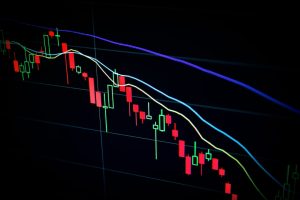Forex trading is a complex and dynamic market that requires traders to stay informed and make quick decisions based on market movements. One important factor that traders need to consider is the relationship between different timeframes, in particular, how the M1 (one-minute) chart affects the M5 (five-minute) chart.
To understand this relationship, it is essential to first understand what the M1 and M5 charts represent. The M1 chart shows the price movements for each minute, while the M5 chart shows the price movements for each five-minute period. These charts are used by traders to make short-term trading decisions, as they provide a quick snapshot of the market’s movements.
The M1 and M5 charts are closely related, as the M5 chart is essentially a grouping of five M1 charts. This means that the price movements on the M1 chart will have a direct impact on the M5 chart. For example, if the price on the M1 chart is trending upwards, this will be reflected on the M5 chart as well.
However, it is important to note that the M1 chart can be more volatile than the M5 chart. This is because the M1 chart shows price movements for each minute, which can be influenced by short-term market fluctuations. The M5 chart, on the other hand, is a more stable representation of the market’s movements, as it shows the price movements over a longer period of time.
Therefore, traders need to be aware of the potential volatility of the M1 chart and use it in conjunction with the M5 chart to make sound trading decisions. For example, if the M1 chart shows a sudden price spike, traders can use the M5 chart to determine whether this is a short-term fluctuation or a more significant market movement.
Another important factor to consider is the use of technical indicators. Traders often use technical indicators, such as moving averages and oscillators, to identify trends and potential trading opportunities. These indicators can be applied to both the M1 and M5 charts, but traders need to be careful not to rely solely on one timeframe.
For example, if the moving averages on the M1 chart show a bullish trend, but the moving averages on the M5 chart show a bearish trend, this could indicate conflicting signals. In this scenario, traders would need to further analyze the market to determine the most appropriate trading strategy.
In conclusion, the relationship between the M1 and M5 charts is important for Forex traders to understand. The M1 chart can provide valuable short-term insights, but traders need to be aware of its volatility and use it in conjunction with the more stable M5 chart. Additionally, the use of technical indicators on both charts can help traders identify trends and potential trading opportunities. By understanding the relationship between these two timeframes, traders can make informed decisions and maximize their profits in the Forex market.





